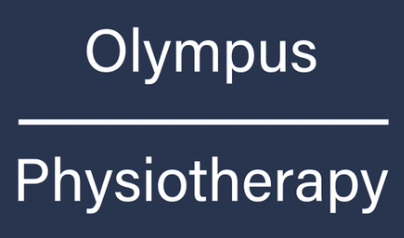Hip Impingement
What is Hip Impingement?
Hip impingement, also known as femoroacetabular impingement (FAI), occurs when there is abnormal contact between the ball and socket of your hip joint during movement. This condition involves structural abnormalities that cause the bones to rub against each other, leading to damage of the cartilage and labrum (the ring of cartilage around the hip socket).
There are three types of hip impingement: CAM impingement (extra bone on the femoral head), Pincer impingement (extra bone coverage of the acetabulum), and Mixed impingement (combination of both). Without proper management, hip impingement can lead to early arthritis and significant functional limitations.
What Causes Hip Impingement?
Hip impingement typically results from structural and functional factors:
Structural causes:
Abnormal bone shape development during growth
Extra bone formation on the femoral head (CAM lesion)
Excessive bone coverage of the hip socket (Pincer lesion)
Previous hip injuries or fractures
Genetic predisposition to bone shape variations
Activity-related factors:
Repetitive hip flexion activities during adolescent growth
Sports involving deep hip flexion (football, martial arts, dancing)
Activities requiring extreme range of motion
Poor movement patterns and biomechanics
Muscle imbalances around the hip joint
Risk factors:
Participation in sports during skeletal development
Male athletes (higher risk for CAM impingement)
Female athletes (higher risk for Pincer impingement)
Previous hip or groin injuries
Family history of hip problems
Certain occupations requiring repetitive hip movements
High-risk activities:
Football, rugby, hockey
Ballet and contemporary dance
Martial arts and gymnastics
Deep squatting activities
Running with poor biomechanics
What Are the Symptoms?
Hip impingement symptoms often develop gradually and can be subtle initially:
Primary symptoms:
Deep, aching pain in the groin or front of the hip
Pain that worsens with hip flexion activities
Stiffness and reduced range of motion in the hip
Sharp pain with certain movements or positions
Activity-related symptoms:
Pain when sitting for prolonged periods
Discomfort when getting in and out of low cars
Pain during deep squatting or lunging movements
Difficulty with activities requiring hip flexion (putting on shoes and socks)
Pain during or after sporting activities
Functional symptoms:
Reduced performance in sports requiring hip mobility
Compensatory movement patterns affecting back and knee
Feeling of the hip "catching" or "locking"
Gradual onset of symptoms over months or years
Morning stiffness that may improve with gentle movement
Progressive symptoms:
Increasing frequency and intensity of pain episodes
Reduced tolerance for physical activity
Night pain in advanced cases
Weakness in hip muscles due to pain inhibition
Experiencing hip pain or stiffness? Our specialist team has extensive experience treating complex hip conditions in professional athletes across multiple sports, including dancers, martial artists, and football players. We provide comprehensive assessment, targeted treatment programmes, and movement analysis to address both structural and functional aspects of hip impingement.
